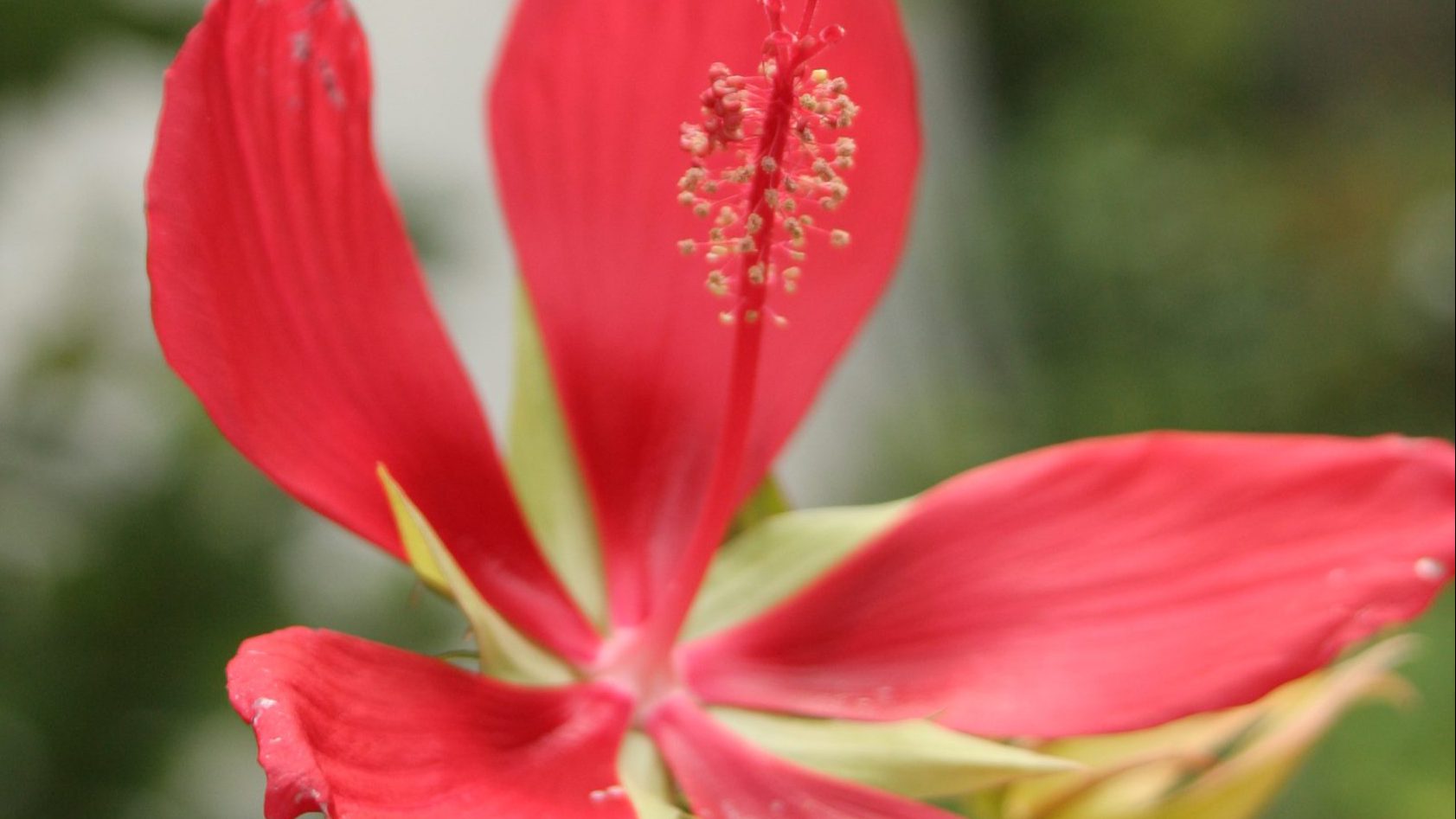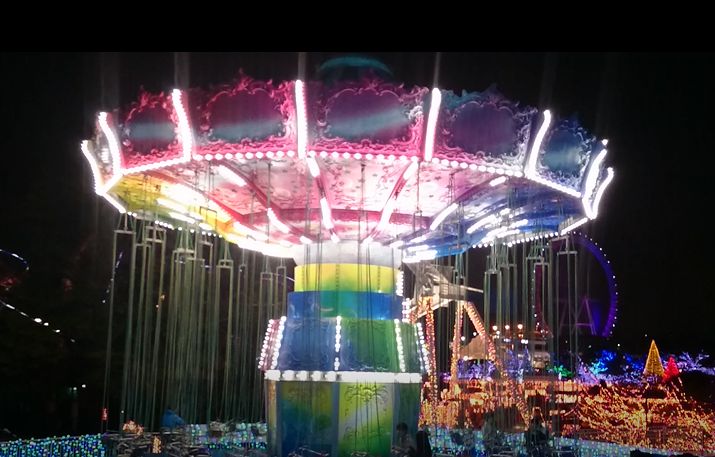日本を訪れてきた外国の方々とお話をしていると、日本の文化、伝統、歴史などの質問を受けることがあります。
その説明に使用する目的でこの記事を纏めてみました。
外国の人だけでなく、日本人の方にも是非一度目を通していただけたらと思っています。
When talking to foreigners who have visited Japan, you may be asked questions about Japanese culture, traditions, history, etc.
I’ve compiled this article for the purpose of explanation.
I hope that not only foreigners but also Japanese people will have a look at it.
服装について About clothes
神社は神様をお祀りしている神聖な場所ですから、
参拝者は、極力服装をただすよう心がけたいものです。
Since shrines are sacred places that worship God,
Worshipers should try to dress as much as possible.
社殿に上がって参拝される場合は、スーツにネクタイ着用、女性も同等の服装をしてください。
If you go to the shrine and worship, wear a tie in a suit and wear the same for women.
旅行中で軽装の場合でも、神社参拝が予定されている時にはそれ相応の服装を着用するようにしましょう。
Even if you are traveling and lightly dressed, make sure you wear appropriate clothing when you visit the shrine.
T シャツ、ノースリーブ、ホットパンツ等肌を露出する服装は慎むべきです。
Clothing that exposes the skin, such as t-shirts, sleeveless sleeves, and hot pants, should be avoided.
鳥居のくぐり方 How to go through the torii
神社の鳥居には、一般社会と神様の世界を区切る意味があるといわれています。
It is said that the torii gate of the shrine has a meaning that separates the general world from the world of God.
神様に一礼してから鳥居をくぐる様に心がけましょう。
Let’s try to go through the Torii after bowing to God.参拝を終え、境内から出る時も社殿に向い一礼しましょう。
After worship, head to the shrine and bow when you leave the precincts.
神社の参道は真ん中を歩かない The shrine approach does not walk in the middle
参道の中央は神さまが通る道と言われています。
ですので、神様に敬意を表して参道の中央を避けて進みましょう。
又、参道を横切るときも、軽く頭を下げながら(神様に敬意を表しながら)横切りましょう。
The center of the approach is said to be the path through which God passes.
So let’s pay tribute to God and avoid the center of the approach.
Also, when crossing the approach to the shrine, do so with a light bow (with respect to God).
神社参拝の作法 How to visit shrines
入口の鳥居をくぐる前に会釈をし、気持ちを引き締めてから境内に入ります。
手水舎の水で心身を清めます。このことを「手水をとる」といいます。
Before passing through the torii gate, bow down and tighten your mind before entering the precincts.
Purify your body and mind with the water from Tesuisha. This is called taking water.
手水の仕方 How to Temizu water
手水舎(ちょうずや・てみずしゃ)で手と口を清めます。
正式には、川や海での禊(みそぎ)を行うのですが、
簡易的に体を清めるために手水舎が用意されました。
- 手水舎の前で軽く一礼
- 右手で柄杓(ひしゃく)を握り水を汲む
- 左手を清める
- 左手に柄杓を持ち替え、右手を清める
- 右手に持ち替え、左手に水を受けて口をすすぐ
- 左手をもう一度清める
- 両手で柄杓を立て、柄に水を流してから伏せて置く
- 軽く一礼して手水舎を出る
* 注意
はじめに多めに水をすくい、すくい直さないようにします。
また、柄杓に口をつけてはいけません。
Cleanse your hands and mouth in Teizuisha.
Officially, we perform Misogi in rivers and the sea,
A hand water house was prepared to easily cleanse the body.
- Light bow in front of Tesuisha
- Hold the ladle with your right hand and draw water
- Cleanse the left hand
- Hold the ladle in your left hand and clean your right hand
- Switch to your right hand, receive water in your left hand and rinse your mouth
- Cleanse your left hand again
- Set a ladle with both hands, pour water on the handle and place it face down
- Bow out of the water
* Note
First, scoop a lot of water and do not scoop.
Also, do not put your mouth on the ladle.
参道を通って拝殿(はいでん)へ進む Proceed to the shrine through the approach
参道の中央は神さまが通る道と言われています。
ですので、神様に敬意を表して参道は中央を避けて進みましょう。
又、参道を横切るときも、軽く頭を下げながら(神様に敬意を表しながら)横切りましょう。
The center of the approach is said to be the path through which God passes.
So, let’s pay tribute to God and avoid approaching the center.
Also, when crossing the approach to the shrine, do so with a light bow (with respect to God).
賽銭箱にお賽銭を入れる Put a offer in the offer box
お賽銭は勢いよく投げず、そっといれるのが好ましいです。
額は、神様への感謝と尊敬の気持ちをこめた金額にします。
自分の財布と相談してください。
It is preferable that you do not throw the offer vigorously and put it in softly.
The amount should be an amount that expresses gratitude and respect for God.
Talk with your wallet.
鈴を鳴らす Ring the bell
鈴は、神様にお参りに来たことを知らせるために鳴らすと言われています。
又、鈴の音は悪い気をはらい、お参りにきた人を清める役割もあるそうです。
The bell is said to ring to inform God that he has come to visit.
In addition, the sound of the bells seems to play a role in purifying those who have come to worship, taking care of the bad feelings.
5二礼二拍手一礼の作法で拝礼し、会釈をしてから退きます。
二礼二拍手一礼(二拝二拍手一拝)
通常、お参りする場所のことを拝殿(はいでん)と言います。
- 拝殿の前についたら、まず45度の礼をします
- お賽銭をいれます お賽銭は勢いよく投げないで、そっといれてくさい
- 鈴を鳴らします
- 深いお辞儀(礼)を二回[ 二礼 ]
- 肩幅程度に両手を開いて拍手を二回[ 二拍手 ]
- 両手をきちんと合わて心を込めて祈る
- 深いお辞儀(礼)をする[ 一礼 ]
Two bow two clap one bow
The place of worship is usually called a shrine.
- If you are in front of the shrine, first give a 45 degree bow
- Don’t throw the offer vigorously.
- Ring the bell
- Two deep bows
- Open both hands to the width of the shoulder and clap twice
- Put your hands together and pray with all your heart
- Bow deeply (I bow)
おみくじ Fortune
おみくじは、結んだほうがいいのでしょうか?
それとも持ち帰ったほうがいいのでしょうか?
と、悩まないでお持ち帰りください。
おみくじは神様のお告げで、引いた人の運勢を占うものです。
財布に忍ばせておくと、いつでも神様からのメッセージを見れます。
Should fortunes be tied?
Or should I take it home?
And please take home without worrying.
The fortune tells God, and tells the fortune of the person who pulled it.
If you keep it in your wallet, you can always see the message from God.



コメント
[…] 神社参拝時の心得、服装、作法 […]
[…] 神社参拝時の心得、服装、作法 […]
[…] ■ 神社参拝時の心得、服装、作法 […]
[…] ■ 神社参拝時の心得、服装、作法 […]
[…] ■ 神社参拝時の心得、服装、作法 […]
[…] ■ 神社参拝時の心得、服装、作法 […]
[…] ■ 神社参拝時の心得、服装、作法 […]
[…] ■ 神社参拝時の心得、服装、作法 […]